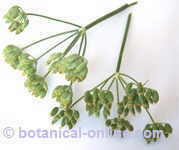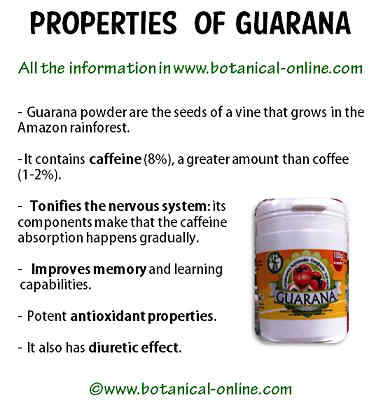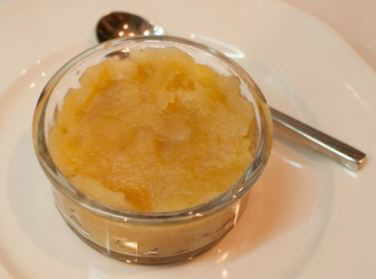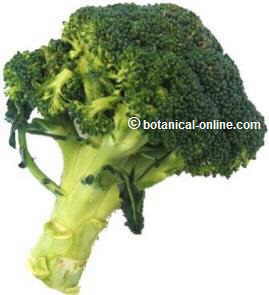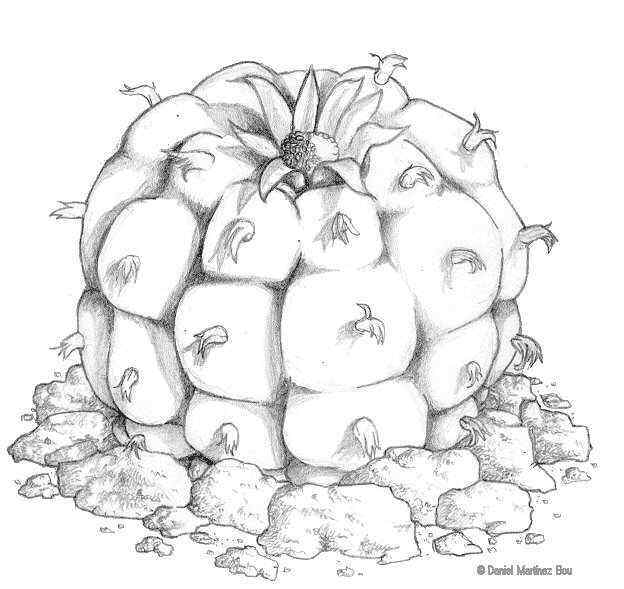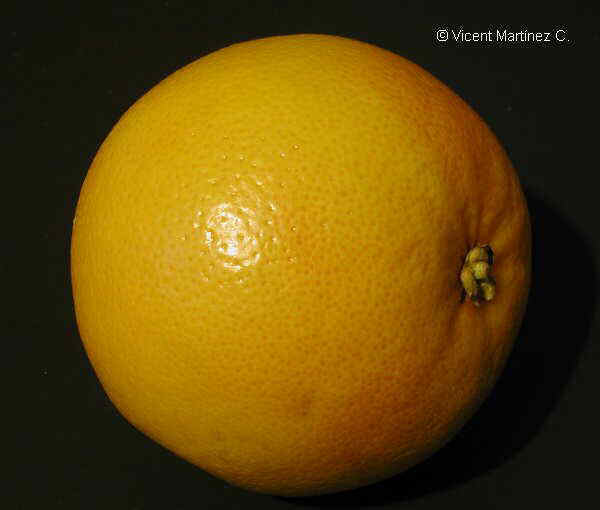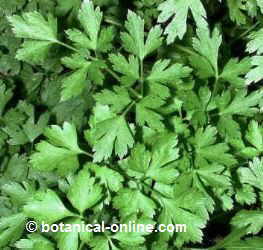Contents
What is an alfalfa?
Characteristics of alfalfa (Medicago sativa)
Vulgar name: Alfalfa
Scientific name: Medicago sativa L. The scientific name “medicago” comes from the name Medea, an Italian region, whereas the vulgar name comes from the Arab “Alfasasat”. It is thought that it comes from the regions of the Southwest of Asia, where it is still in its natural state. It is thought to be one of the forst plants cultivated by human beings.
Family.Labiatae
Habitat: Widely cultivated as fodder and often in a naturalized version. It can be found next to roads, in sown fields, at the edge the highways and in dry lands of cold climates.
Characteristics of the alfalfa plant
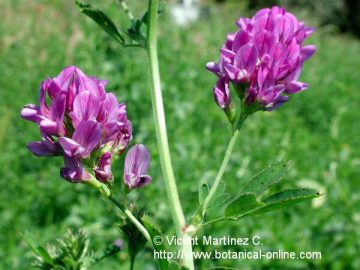
Perennial plant of the family of the labiatae which can grow of up to 80 cm.
It has turgid stems with white fluffiness.
Compound, trifoliate obovate leaves, notched at the apex.
Flowers of blue or purple color with petals of up to 1 cm, grouped in clusters of about 4 cm in length on petioles shorter than the tube of the chalice.
Very long main root of about 2 to 4 M. Legume fruit of 4 to 7 mm of diameter, without spines, in the form of a spiral with one and a half to three and a half turns.
Composition of alfalfa
The main components of alfalfa are:
- Acids: ascorbic, citric, fumaric, malic, oxalic, succinic (plant)
- Alkaloids: betaine, estaquidrina (Plant)
- Vitamins: Vitamin C, biotin (vitamin H) Vitamin B: Hill, Folacin, Niacin, Pantothenic Acid, Riboflavin, Thiamin, Pyridoxine, Vitamin A as beta carotene, vitamin D, vitamin K (Plant)
- Fiber: nonsoluble and soluble Pectin (Plant)
- Protein (Leaves and seeds)
- Saponins (Plant)
- Tannins (Plant)
- Pigments: Chlorophyll, Xantophyll (Plant)
- Phytosterols: Campesterol, Stigmasterol (Plant)
- Isoflavones: Genistein (Plant)
- Inositol
- Amino acids: tryptophan, arginine, asparagine (Plant)
- Minerals: Aluminum, boron, calcium, chromium, cobalt, phosphorus, iron, magnesium, manganese, potassium, selenium, silicon, sodium, zinc (Plant)
![]() More information on alfalfa
More information on alfalfa


